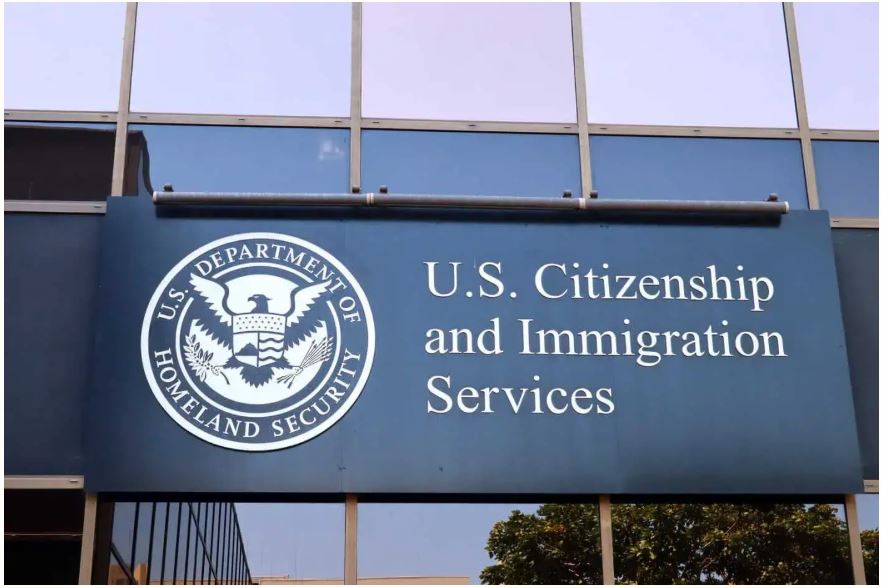The United States Citizenship and Immigration Services (USCIS) has recently published updated policy guidelines, signaling a more rigorous approach to the screening and vetting of family-based immigrant visa petitions. These guidelines are a direct response to a presidential proclamation emphasizing the protection of national security and the safety of the United States. The primary objective is to enhance the government’s ability to detect individuals who may pose a threat, ensuring that they are properly processed for removal from the country.
While these measures are intended to strengthen program integrity and mitigate risks, it is crucial for legal practitioners to understand how they intersect with long-established legal precedents. The guidelines provide a comprehensive list of criteria for when a refugee-based adjustment of status applicant must undergo an interview, even if an interview is typically discretionary

An interview is now generally required if an officer1:
• Cannot verify the alien’s identity through available records.
• Finds that the alien is claiming a new identity despite verification.
• Determines that immigration records are insufficient to confirm refugee status.
• Encounters a beneficiary of a Form I-730 petition who was not previously interviewed
upon arrival.
• Receives conflicting FBI fingerprint check results or two unclassifiable responses.
• Needs additional information to resolve admissibility issues or waiver considerations.
• Has an articulable concern regarding national security, terrorism, fraud, or
misrepresentation.
• Believes the alien’s refugee status may have been fraudulently obtained.
• Identifies that the alien has conflicting or multiple identities.
• Needs a sworn statement or clarifying information from the alien.
• Has concerns about inadmissibility related to a state sponsor of terrorism.
These criteria empower officers with a clearer mandate for when to refer a case for in-person
scrutiny, thereby enhancing the vetting process. However, the rigor of this initial screening must
be followed by strict adherence to proper legal procedure if removal proceedings are to be initiated.
This is where a landmark case, Matter of D-K2-, becomes particularly relevant.
The Notice to Appear: Distinguishing Inadmissibility from Deportability
The “notice to appear” (Form I-862) is the charging document that initiates removal proceedings.
The charges laid out in this document are critical, as they determine the legal grounds for removal.
A fundamental distinction exists between “inadmissibility” and “deportability” grounds.
Inadmissibility grounds, found under Section 2123 of the Immigration and Nationality Act (INA),
apply to aliens who are seeking admission to the United States. Deportability grounds, under
Section 237 of the INA, apply to aliens who have already been “admitted” to the country.
The BIA’s decision in Matter of D-K- is a cornerstone of this procedural distinction. In this case,
the respondent, a native and citizen of Macedonia, was admitted to the United States as a refugee
in 1998. He was later convicted of a controlled substance offense, which led the Department of
Homeland Security (DHS) to initiate removal proceedings. Initially, the DHS properly charged
him as being removable under the deportability provisions of Section 237 of the Act. However,
the DHS later withdrew these charges and instead filed additional charges under the inadmissibility
provisions of Section 212.
The BIA determined that the Immigration Judge’s removability determination was improper
because the respondent was incorrectly charged. The Board held that an alien who has been
“admitted” to the United States as a refugee must be charged under the grounds of deportability at
Section 237, not inadmissibility at Section 212. The BIA’s reasoning centered on the finding that
a refugee’s entry is considered a lawful “admission” under Section 101(a)(13)(A) of the Act4, even
if that admission is conditional and subject to a future adjustment of status. The Board’s opinion
emphasized that a single statutory term should be interpreted consistently throughout the Act. As such, once an individual has been lawfully admitted, they are no longer subject to the grounds of
inadmissibility.
Connecting the Policy to the Precedent
The new USCIS guidelines for interviewing refugees for adjustment of status, while essential for
national security and program integrity, do not change this core legal principle. An immigration
officer, following the new criteria, may conduct an in-depth interview and, through that process,
uncover evidence that leads to a recommendation for removal. For example, an officer might
discover a criminal history that was not properly documented or a misrepresentation in the original
refugee application.
However, once that determination is made, the subsequent steps must align with the law as clarified
in Matter of D-K-. The officer must ensure that any notice to appear issued to an admitted refugee
correctly cites the grounds for deportability under Section 237 of the INA. Charging the individual
under Section 212 (inadmissibility) would be a procedural error, potentially leading to a successful
appeal and a remand of the case, as happened in Matter of D-K-. This not only prolongs the legal
process but also creates a significant hurdle for the government’s efforts to efficiently remove
individuals who pose a threat.

